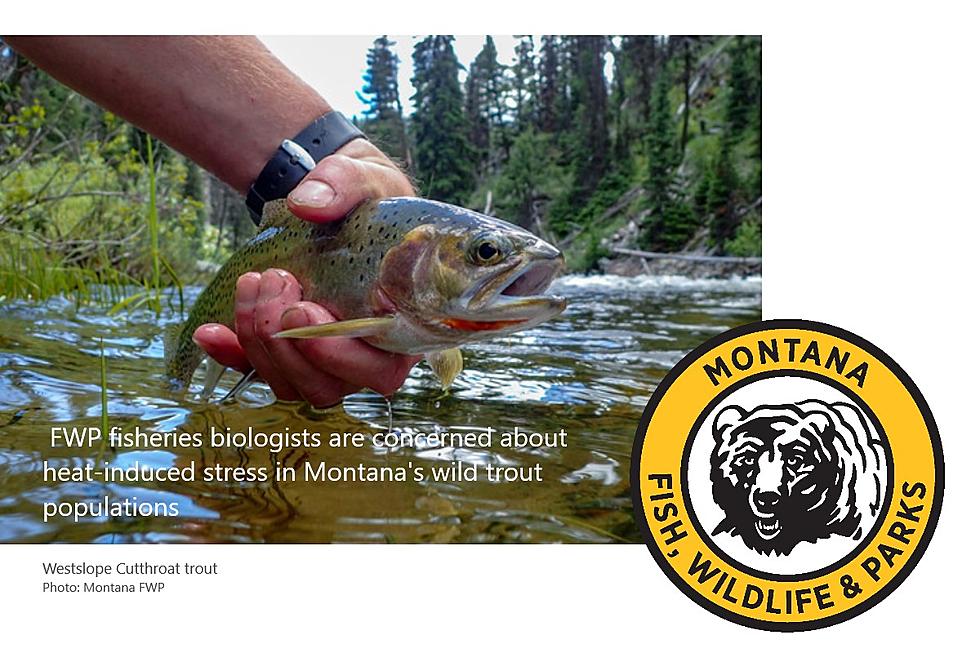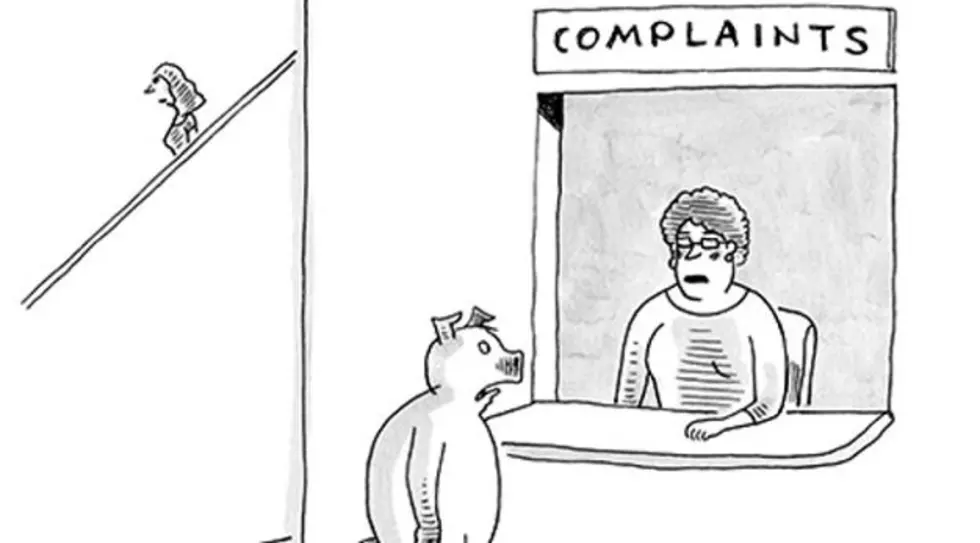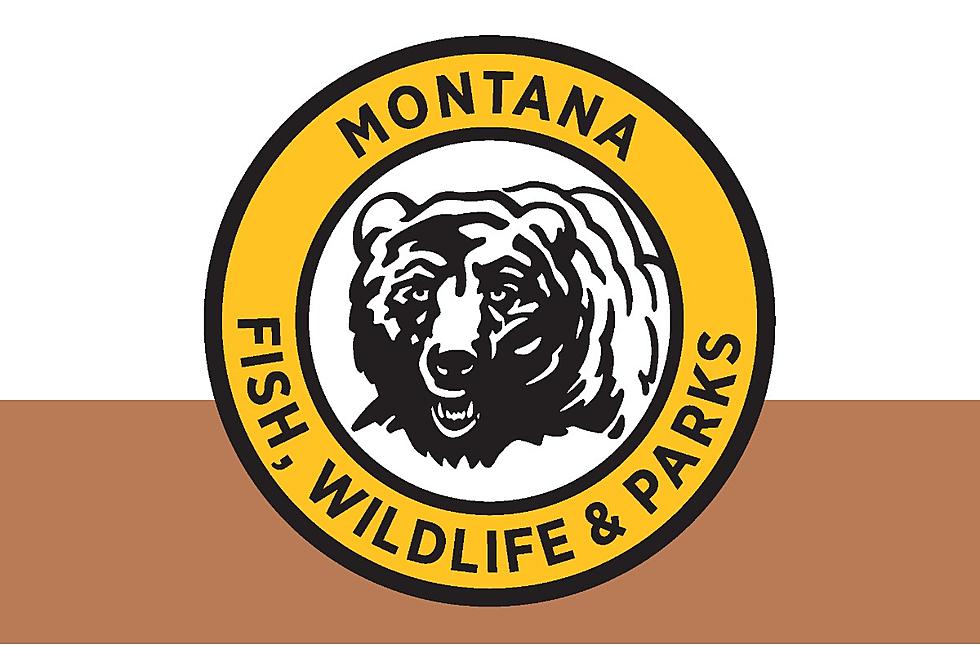
FWP: Anglers Can Help Reduce Stress on Cold-Water Fish
KALISPELL — Rivers and streams in northwest Montana are running at or near historic lows for late July, and local anglers are encouraged to try and reduce added impacts to cold-water fish like trout for the remainder of summer.
The Flathead River basin is experiencing severe drought conditions due to below-average winter snowpack, early runoff, and above-average hot, dry summer conditions. Flows in the North, South, and Middle forks of the Flathead River are roughly one-third of average for this time of year. Water temperatures are already hitting stressful levels for trout, particularly westslope cutthroat and bull trout.
With the warmest days of summer ahead, Montana Fish, Wildlife & Parks biologists are closely monitoring rivers and streams and could propose measures to minimize impacts from fishing. This summer, FWP has implemented “hoot owl” fishing restrictions in other sections of rivers across the state, including parts of the Beaverhead, Bitterroot, Jefferson, Lower Madison rivers, and on the Sun River from the Hwy 287 bridge north of Augusta to the junction with Muddy Creek, near Vaughn. Hoot owl restrictions prohibit fishing between 2 p.m. and midnight on drought-impacted streams until conditions improve. If conditions on some waters continue to deteriorate, full fishing closures could be implemented.
In northwest Montana, fisheries biologists are most concerned about heat-induced stress in Montana's wild trout populations in the following rivers and adjacent tributaries:
- North Fork Flathead River
- Middle Fork Flathead River
- South Fork Flathead River
- Mainstem Flathead River upstream of Old Steel Bridge in Columbia Falls
- Swan River
- Thompson River
FWP has administrative rules (ARM) that provide for angling adjustments during periods of drought. ARM 12.5.507 describes criteria FWP biologists consider for requesting restrictions or closures for fish:
- Species of interest are present in significant numbers
- Temperature criterion has been met for three consecutive days
- Fishing pressure is high
- Stream flow conditions are deteriorating
FWP may request the Montana Fish and Wildlife Commission restrict or close fishing based on the above criteria. These restrictions are designed to protect cold-water species like trout that are more susceptible to disease, predation, and other mortalities, including catch-and-release angling during times of drought. ARM 12.5.507 identifies different temperature criteria for different species of native trout. The temperature criterion for westslope cutthroat trout is met when water temperatures reach or exceed 66 degrees Fahrenheit for three consecutive days. The criterion for bull trout is 60 degrees, also for three consecutive days.
Based upon current conditions and the four criteria in ARM 12.5.507, FWP is not yet requesting any fishing restrictions or closures anywhere in northwest Montana. But FWP is encouraging anglers to voluntarily limit their fishing to the morning hours when water is coolest and fish are less stressed. In addition, anglers can minimize stress to fish by:
- Landing the fish quickly.
- Keeping the fish in water as much as possible, limit or even avoid taking photos.
- Removing the hook gently. Using artificial lures with single barbless hooks can make hook removal faster and easier.
- Remembering single-pointed hooks are required in the Flathead drainage upstream of Teakettle Fishing Access Site on the mainstem Flathead River.
- Letting the fish recover so it can swim away.
If high temperatures and extremely low flows persist, anglers may want to consider fishing areas with less stressful temperatures and conditions, such as larger lakes or reservoirs, or higher elevation waterbodies.
For further information about current fishing restrictions in Northwest Montana, click HERE or contact the FWP Region 1 office at 406-752-5501.
This summer, FWP launched a new web portal to collect information from members of the public who see sick or dead fish. The new portal enables Montanans and visitors to our state to report a description of sick or dead fish, including details on the location.
More From KSEN AM 1150









